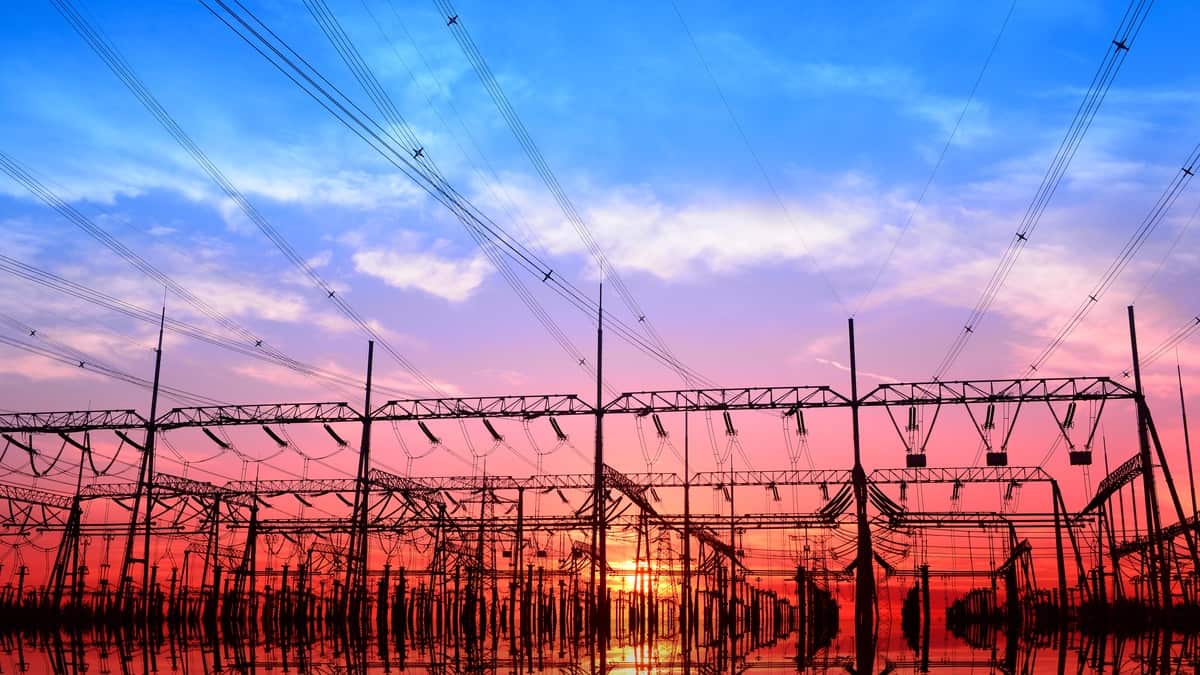The automotive industry expects electric vehicles to account for more than 50% of all new car sales in the United States by 2030, raising significant concerns about the intensified strain they could place on the national electric grid.
It must be noted that the US electric grid is already old and weak, which causes doubts about its capability to support the growing number of EVs on the road.
Electricity demand forecast in the US
Rapid Energy Policy Evaluation and Analysis Toolkit’s (REPEAT) forecasts that the level of local electricity demand last year will further increase by up to 18% by 2030 and 38% five years after that. These estimates demonstrate a significant adjustment from just about 5% in the past 10 years.
“So we’ve got a lot of power demand coming to this country when we really didn’t have any for the last, like, 25 years.”
Rob Gramlich, Grid Strategies Founder and President
The potential effect of the EV surge on the US electric grid is undoubtedly alarming. Even more, Princeton’s data suggests light-duty vehicles’ current electricity consumption will surge by a maximum of 3,360% by 2035.
“So we have both supply-side and demand-side drivers of big grid needs.”
Rob Gramlich, Grid Strategies Founder, and President
All that said, electric vehicles will only be effective in mitigating carbon emissions if there is reliable support from renewable energy.
In addition, the US grid will certainly require substantial improvement to sufficiently support the rapid growth of EVs, including the following:
“…more high-voltage transmission lines to transport electricity from rural wind and solar power plants to demand centers; smaller distribution lines and transformers for last-mile electricity delivery; and hardware such as inverters that allow customers with home batteries, EVs and solar panels to feed excess energy back into the grid.”
CNBC
However, it must be noted that these improvements would be costly. A study commissioned by the California Public Utilities Commission revealed that the state of California alone will need to invest $50 billion in distribution grid upgrades by 2035 to hit its EV adoption targets.
See Also:
- Power grid optimization: Mitigating electric vehicle impact on the network
- Cyber risk in adding electric cars to the power grid
- Can the US grid support 100% Electric Cars?
- Solar power to become the cheapest source of electricity, DNV forecasts
- What is the source of electricity for Electric Vehicles?
All that said, the US government will need to develop more energy sources, preferably clean ones. It also needs higher voltage transmission lines to transport solar and wind energy throughout the country. Despite the necessary substantial investment, changes in the electric grid will surely alleviate concerns about the possible impact of EVs. In effect, it will further boost electrification in the country.

